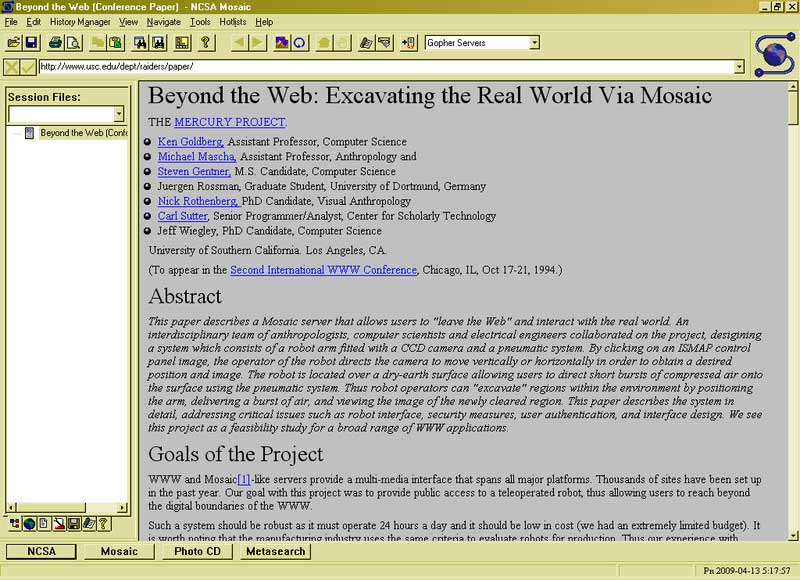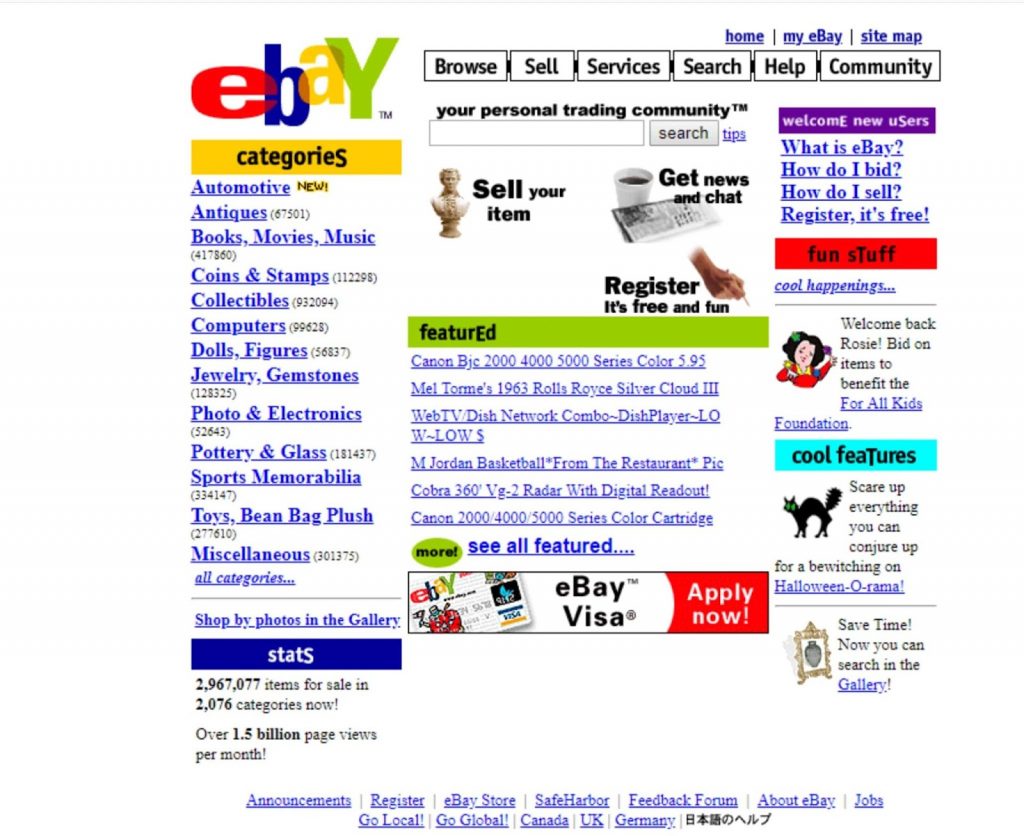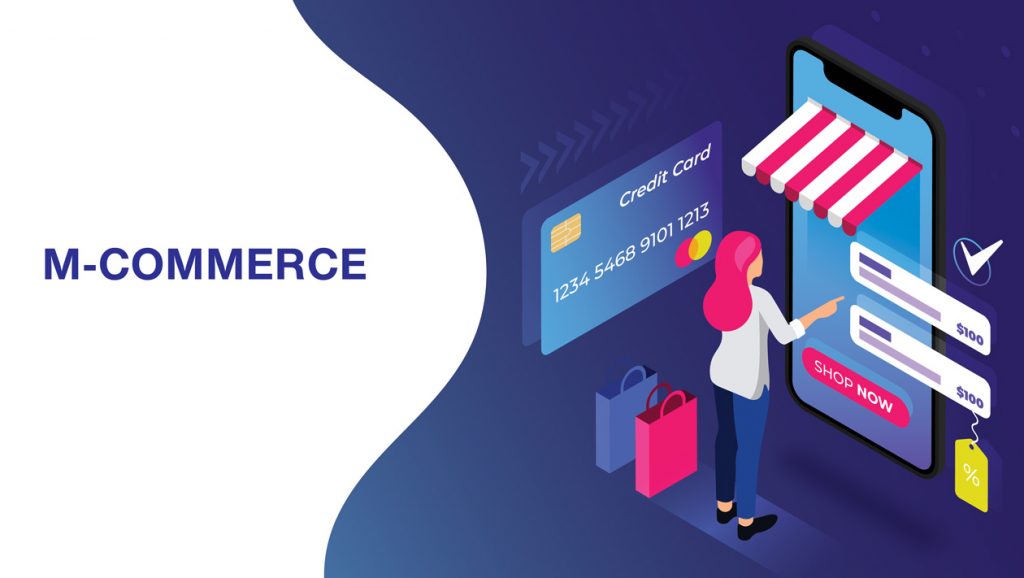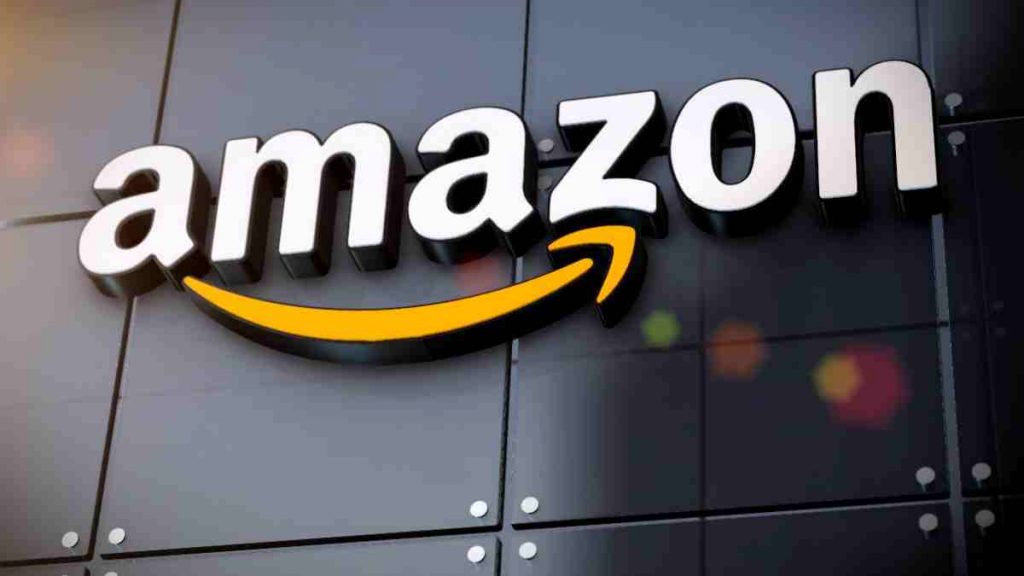The retail industry has undergone a profound transformation with the advent and evolution of e-commerce technology. From the early days of simple online storefronts to the sophisticated, AI-driven platforms of today, e-commerce technology has revolutionized how businesses operate and how consumers shop. This article explores the evolution of e-commerce technology, its benefits, and the future trends that will continue to shape the retail landscape.
The Early Days of E-Commerce
In the early 1990s, e-commerce was in its infancy. Websites were basic and often difficult to navigate. Security concerns were high, and payment options were limited. Despite these challenges, early adopters recognized the potential of e-commerce to reach a global audience. These initial efforts laid the foundation for the massive growth that was to come.

The Rise of E-Commerce Giants
The late 1990s and early 2000s saw the rise of e-commerce giants like Amazon and eBay. These companies introduced more sophisticated platforms that improved user experience and trust. Secure payment gateways and better website designs made online shopping more accessible and appealing. Amazon, in particular, revolutionized e-commerce by offering a vast product range and fast delivery options, setting new standards for customer expectations.

Integration of Advanced Technologies
The integration of advanced technologies has been a significant driver in the evolution of e-commerce. These innovations have enhanced both the front-end user experience and back-end operations.
Artificial Intelligence (AI) and Machine Learning
AI and machine learning have brought personalization to e-commerce. Algorithms analyze customer data to provide personalized recommendations, improving customer satisfaction and increasing sales. AI-powered chatbots offer real-time customer support, addressing queries and issues efficiently.

Mobile Commerce (M-Commerce)
The proliferation of smartphones has given rise to mobile commerce. Mobile-friendly websites and dedicated apps have made shopping on the go convenient. Mobile payment solutions like Apple Pay and Google Wallet have streamlined the checkout process, further boosting mobile commerce.

Augmented Reality (AR) and Virtual Reality (VR)
AR and VR technologies are transforming how consumers interact with products online. Retailers like IKEA and Warby Parker use AR to allow customers to visualize furniture in their homes or try on glasses virtually. These immersive experiences reduce return rates and increase customer confidence in their purchases.

Benefits of E-Commerce Technology
The evolution of e-commerce technology has brought numerous benefits to both retailers and consumers.
Enhanced Customer Experience
Modern e-commerce platforms offer personalized recommendations, user-friendly interfaces, and efficient payment options, significantly improving the shopping experience. AI and chatbots provide real-time support, further enhancing customer satisfaction.
Increased Reach and Accessibility
E-commerce has broken geographical barriers, allowing retailers to reach a global audience. Consumers can shop from anywhere at any time, increasing convenience and accessibility. This expanded reach opens new markets for retailers, driving growth.
Data-Driven Insights
E-commerce platforms equipped with data analytics tools provide valuable insights into customer behavior and preferences. These insights enable retailers to make informed decisions, optimize marketing strategies, and enhance product offerings. Data-driven approaches lead to improved customer targeting and higher conversion rates.
Operational Efficiency
Automation of inventory management, order processing, and logistics has streamlined retail operations. This efficiency reduces operational costs and allows retailers to focus on core business activities, delivering better customer service.
Case Studies
Amazon
Amazon’s continuous innovation in e-commerce technology has set industry benchmarks. From AI-powered recommendation engines to automated warehouses, Amazon’s approach has revolutionized retail. Their Prime membership program, offering fast delivery and exclusive benefits, has significantly boosted customer loyalty and retention.

Warby Parker
Warby Parker, an online eyewear retailer, has successfully integrated AR technology into their platform. Customers can use their smartphones to try on glasses virtually, enhancing the online shopping experience. This innovative use of technology has increased customer engagement and reduced return rates.

Future Trends in E-Commerce Technology
Continued Growth of Mobile Commerce
With the increasing use of smartphones, mobile commerce will continue to grow. Retailers will invest more in mobile-friendly websites and apps to enhance the shopping experience on mobile devices.
Advanced AI and Machine Learning
AI and machine learning will further drive personalization and automation in e-commerce. These technologies will enable hyper-personalized recommendations, predictive analytics, and efficient supply chain management. AI-powered chatbots and virtual assistants will enhance customer support and engagement.
Blockchain Technology
Blockchain technology is set to revolutionize e-commerce by enhancing security and transparency. Blockchain can provide secure payment solutions, protect against fraud, and ensure the authenticity of products. This technology will build trust among consumers and improve the overall integrity of e-commerce transactions.
Conclusion
The evolution of e-commerce technology has significantly impacted the retail industry, offering numerous benefits to both retailers and consumers. From enhanced customer experiences to increased operational efficiency, advancements in e-commerce technology have reshaped how businesses operate. As future trends such as mobile commerce, AI, and blockchain continue to emerge, the retail industry will witness further transformation. Embracing these technologies will be essential for retailers to stay competitive and deliver exceptional value to their customers.













